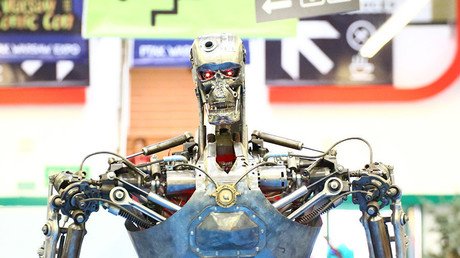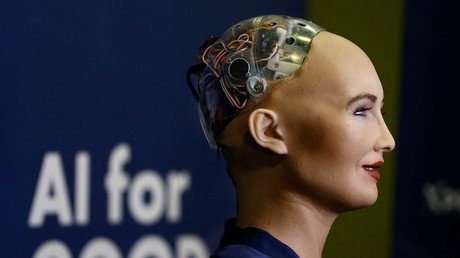The robots are coming! Technology could replace up to 800mn jobs by 2030, study says

All the effort you put into studying at university may not have been enough – because robots could be coming for your job. A new study found that as many as 800 million workers could be replaced by technology by 2030.
The study from the McKinsey Global Institute, the research arm of the economic think tank McKinsey & Company, estimates that "between 400 million and 800 million individuals could be displaced by automation and need to find new jobs by 2030 around the world." It estimates that between zero and 30 percent of the hours currently worked globally could be automated by that time.
Those most affected will be people who work in "predictable environments" doing tasks such as operating machinery and preparing fast food. Those who make a living collecting and processing data also face a high risk of being rendered redundant by technology.
People who work in less predictable environments such as gardeners, plumbers, and childcare staff face a smaller risk, because their roles are "technically difficult to automate and often command relatively lower wages, which makes automation a less attractive business proposition."
However, it's not all doom and gloom for the future of employment. The study noted that automation sometimes allows workers to remain employed in a different capacity. "Even when some tasks are automated, employment in those occupations may not decline but rather workers may perform new tasks," McKinsey & Company wrote in a release on its website.
However, workers may need to "shift occupational categories" and "learn new skills" in order to participate in any new jobs. "Of the total [400 million to 800 million] displaced, 75 million to 375 million may need to switch occupational categories and learn new skills," the release states.
It noted that China has the largest number of employees who would need to switch occupations, up to 100 million if automation is adopted rapidly, or 12 percent of the 2030 workforce. The numbers are higher in more advanced economies, with up to one-third of the 2030 workforce in the US and Germany needing to switch occupations, along with nearly half of Japan. Countries which fail to prepare workers to transition to new jobs will feel the impact through a rise in unemployment and depressed wages, according to the study.
The study acknowledges a growing concern that there will not be enough jobs for workers due to automation. However, it notes that those fears may be "unfounded," citing historical trends. "Over time, labor markets adjust to changes in demand for workers from technological disruptions, although at times with depressed real wages." It goes on to conclude that adequate job creation can take place to offset automation "with significant economic growth, innovation, and investment."
Established in 1990, the McKinsey Global Institute (MGI) examines industry trends "to better understand the broad macroeconomic forces affecting business strategy and public policy," according to its website. It aims to provide industry leaders with facts and insight on which they can base management and policy decisions.














